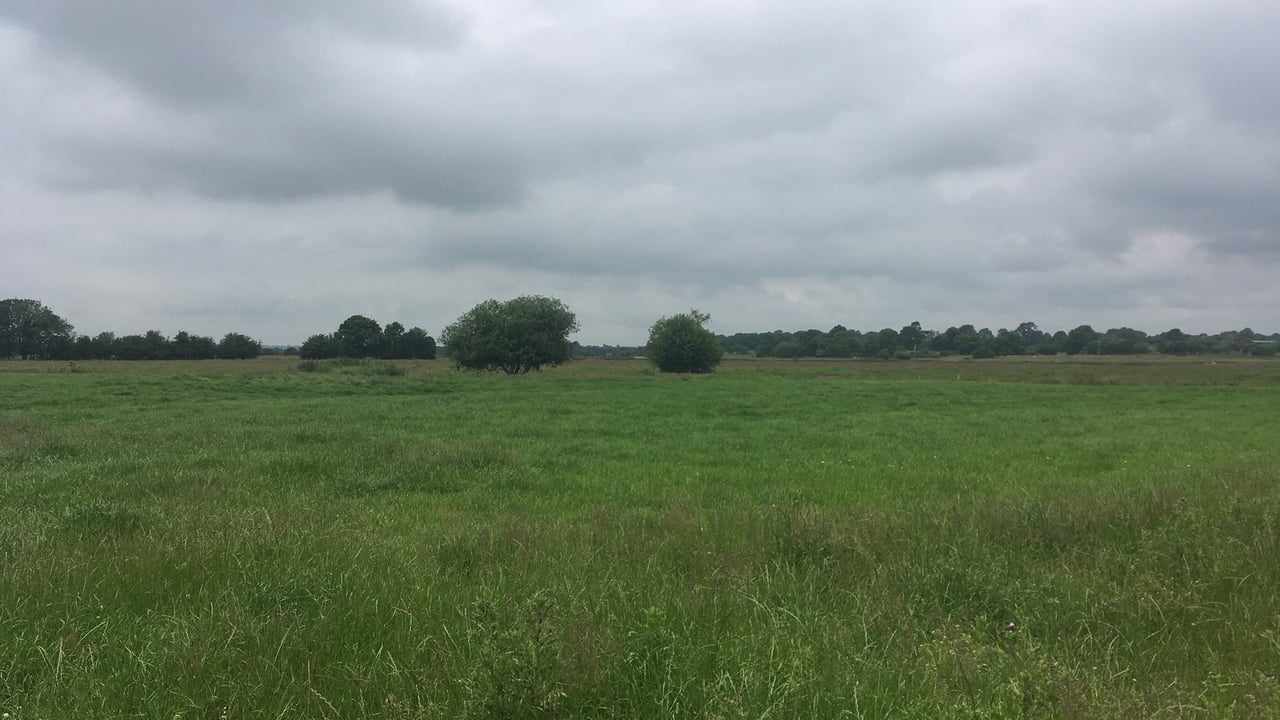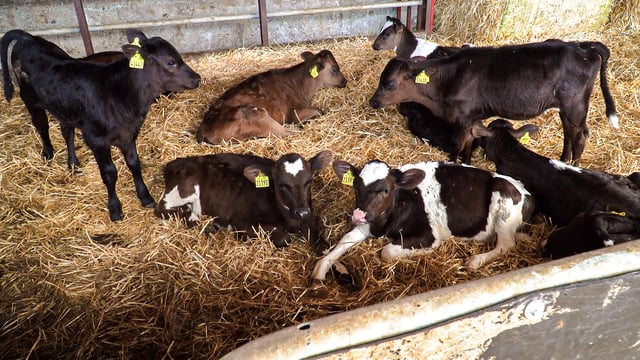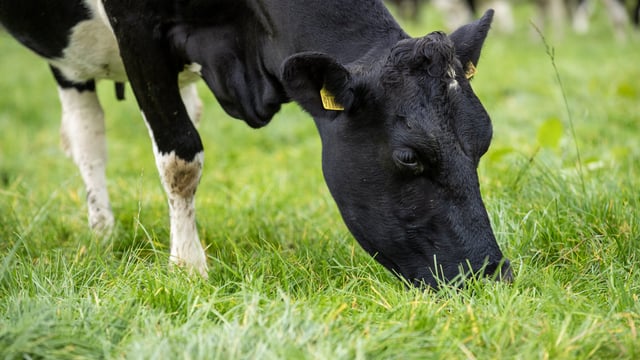EU Nature Restoration Law 'not achievable' if funded by CAP
The targets outlined in the EU Nature Restoration Law will not be met if the measures involved are to be funded through the Common Agricultural Policy (CAP), the Irish Farmers' Association (IFA) has said.
Speaking at a meeting of the Joint Oireachtas Committee on Environment and Climate Action, the chair of the IFA Environmental and Rural Affairs Committee Paul O'Brien said that these regulations will require long-term measures, which means long-term resources are necessary.
He outlined that the proposals "lack clear and long-term financial support for nature restoration, with the majority expected to come from CAP".
However, his colleague Tadhg Buckley, chief economist with the IFA, said that the CAP has been declining and the budget has shrank by "at least 20% over the past 15 years".
He pointed to specifically to the Agri-Climate Rural Environmental Scheme (ACRES) which has a budget that is 19% lower than the budget for the Rural Environment Protection Scheme (REPS), which was first introduced in 1994.
"They key problem I see [with the EU Nature Restoration Law] is how this will be funded. We cannot look to the CAP for it," Buckley said.
Both O'Brien and Buckley stated that a bigger budget that can provide long-term support to farmers who decide to implement these measures is vital, as designating land can devalue it by up to 90%.
In addition to the devaluation of the land, there is a secondary loss in terms of an impact on asset values and how this can affect farmers who may look to leverage the value of their land as collateral.
"Farmers must be fully compensated on the basis of full income foregone as a result of these measures.
"It is essential that an independent arbitration scheme is developed as part of the national restoration plan to determine the loss of value to the farm business caused by the measures, with an associated budget allocation," added O'Brien.
He also pointed out that a lack of financing was identified as "a key failure" in the EU not meeting its 2020 biodiversity targets.
"Restoration can only be achieved if it is funded through a dedicated financial mechanism for biodiversity and restoration," he concluded.
Meanwhile, the Council of the European Union adopted two regulations on Tuesday (March 28), which it stated "will enable the EU to reduce its net greenhouse gas emissions by at least 55% by 2030" in comparison to 1990 levels.
The regulation, known as the 'effort sharing regulation' (ESR), will apply to the Land Use, Land Use Change and Forestry (LULUCF) sector.
It will ultimately set a stronger emissions reduction target of 40% on 2005 levels for member states, which must be achieved by 2030.
This translates to an overall EU objective of 310Mt of carbon dioxide (CO2) equivalent of net removals from the LULUCF sector in 2030.
The council also stated that under the ETS, emissions trading will also apply to international maritime transport, as well as buildings, road transport and additional industrial sectors.





